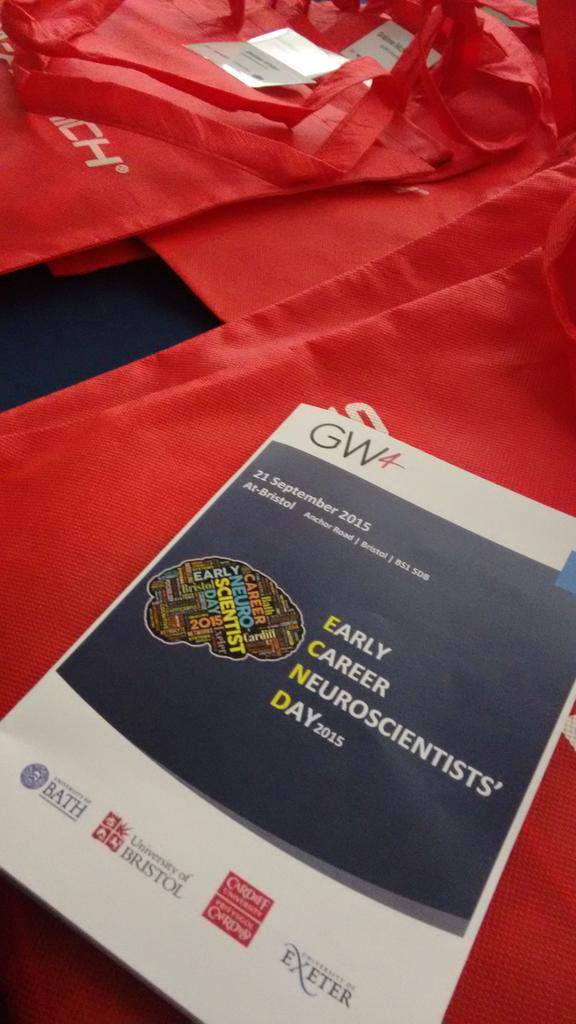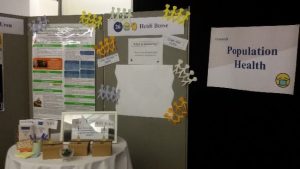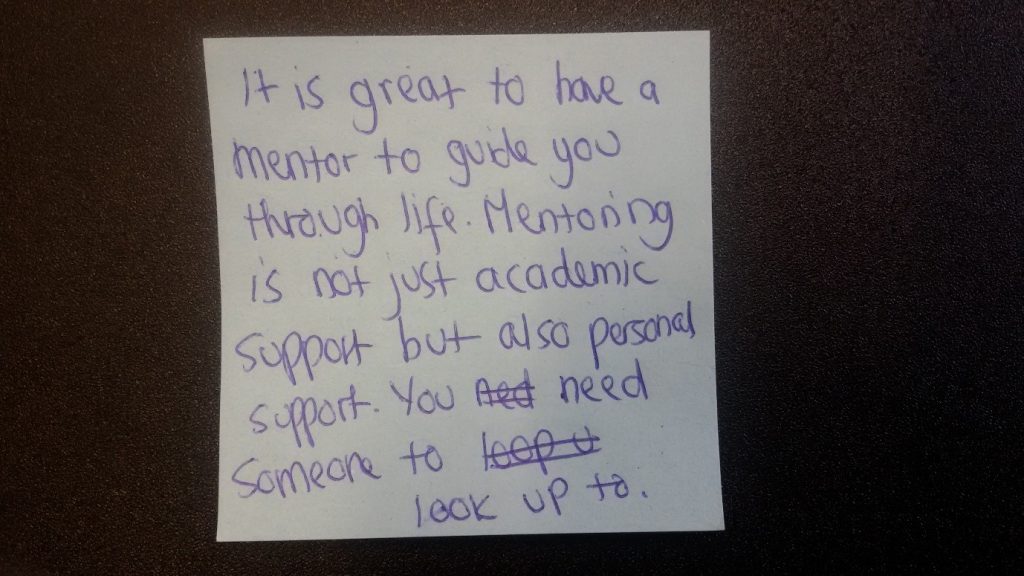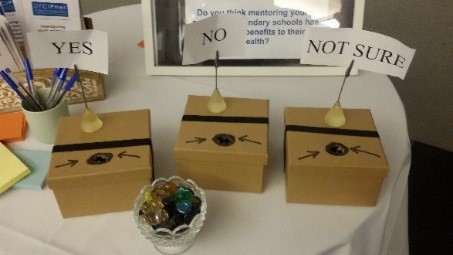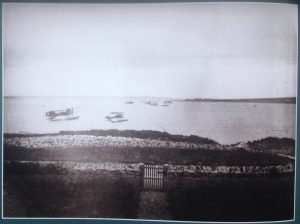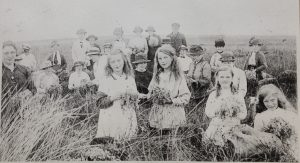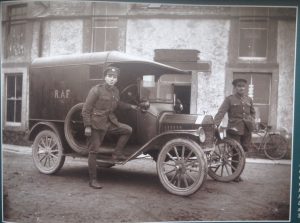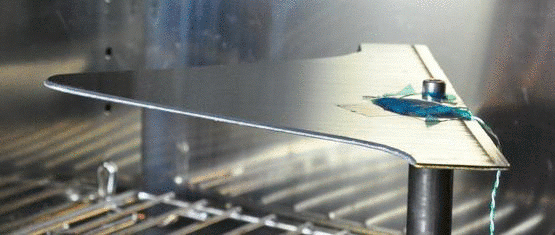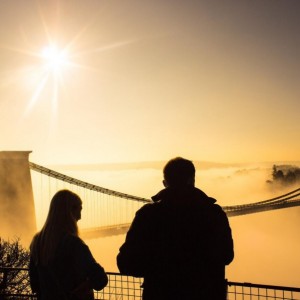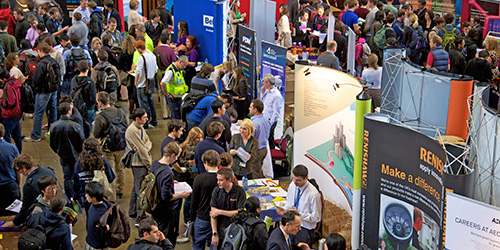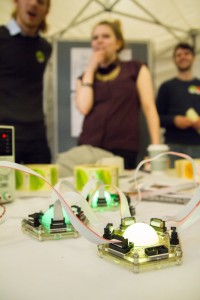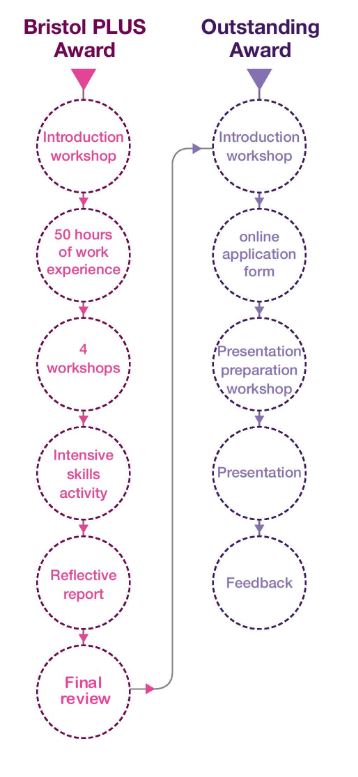Following the wake of June 24’s announcement of the EU Referendum result, many of us in the Higher Education world – academics, staff, postgraduate researchers alike – find ourselves today with more questions than answers. As the UK’s political landscape continues to shift and adjust to the outcome, so the socioeconomic landscape confronts a future that seems more uncertain than ever. These questions affect us not only as students and staff, but also as residents and citizens of the city of Bristol, and the UK. Many see the decision to leave as a threat and stand against globalisation and a globalised world. Importantly, this international vision is something that the University espouses, as well as the city of Bristol.
Last week the Mayor of Bristol, Marvin Rees, delivered a talk in the Anson Rooms in a show of solidarity with the #WeAreInternational movement, a campaign that brings scholars together from across the globe in recognition and celebration of the diverse world of research, knowledge and academic life. While it is not known what impact the UK’s decision to leave the EU will have on us, it is clear that the decision to leave will have immediate, short-term and longer-term repercussions, at the University of Bristol. Despite our questions and our uncertainty, in the spirit of International Friendship Day, we’d like to take this opportunity to come together as a community and stand in support for a global, internationally cooperative and collaborative Bristol.
On Wednesday, July 27, we will host an open discussion from 5.30 to 6.30pm in the Seminar Room at Beacon House Study Centre. The Pro-Vice Chancellor International, Dr Erik Lithander, will attend to provide an update on current developments, respond to your questions, and engage with us as we work to find solutions. This is also an opportunity for the PGR community to voice their concerns and share constructive strategies they would like the University to engage with. Refreshments will be provided. Please register via eventbrite.
Over 1500 PGR students registered at Bristol are from outside the UK. As we face the uncertainty of the UK’s political landscape the Bristol Doctoral College remains committed to supporting all international students, partners and connections. Moving forward, we will continue to champion global research and to foster and support globally-minded researchers.
See you there!



